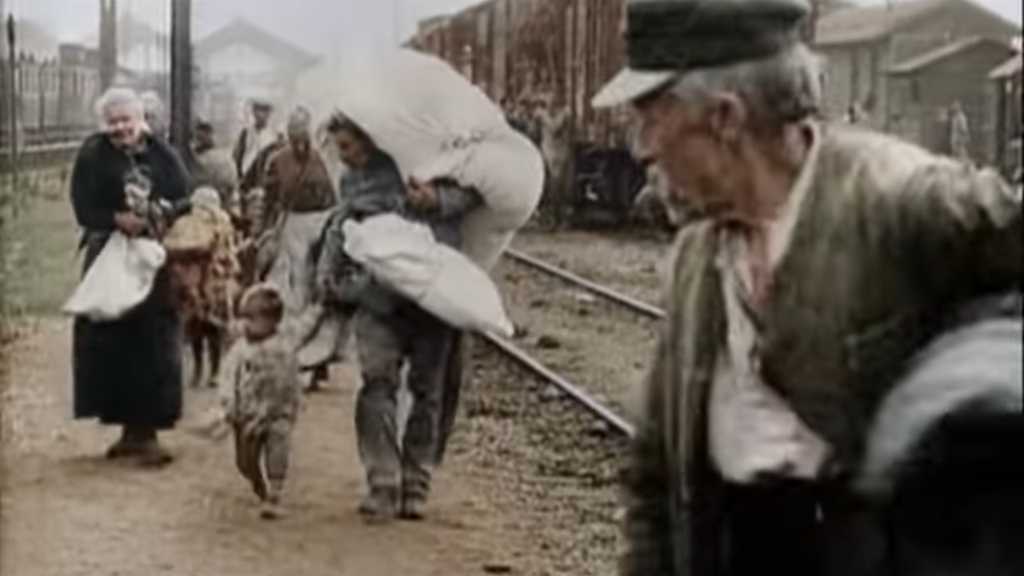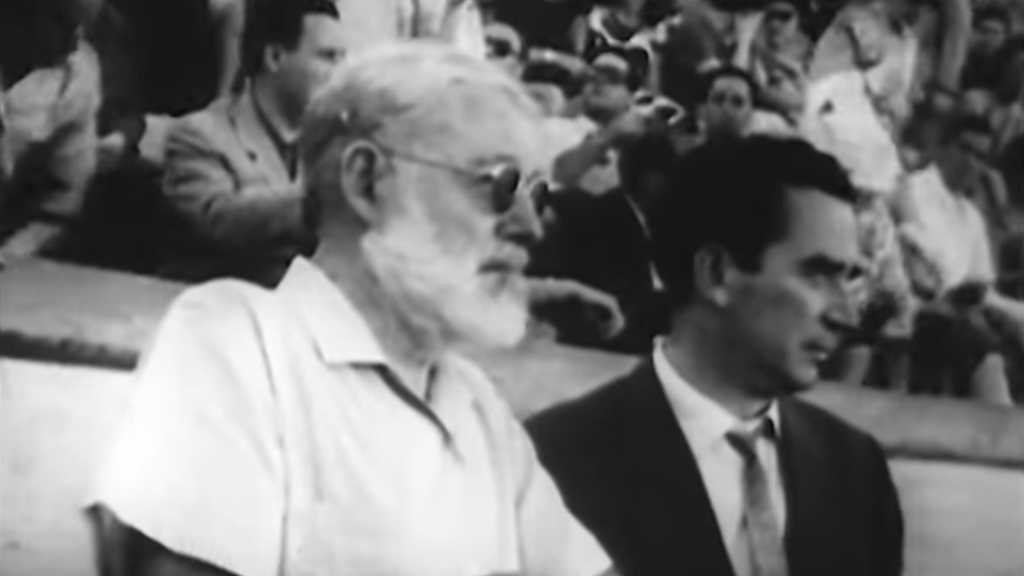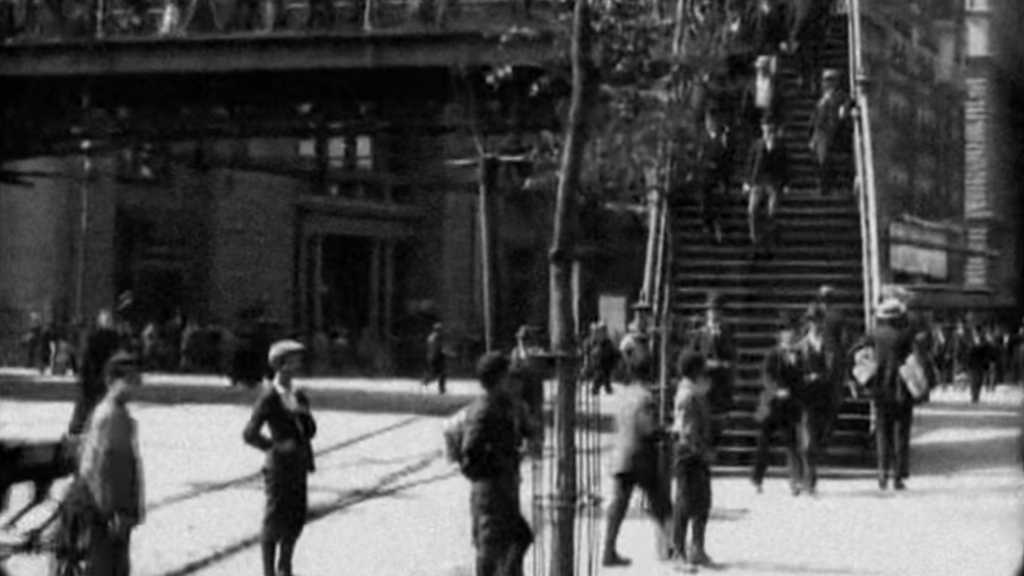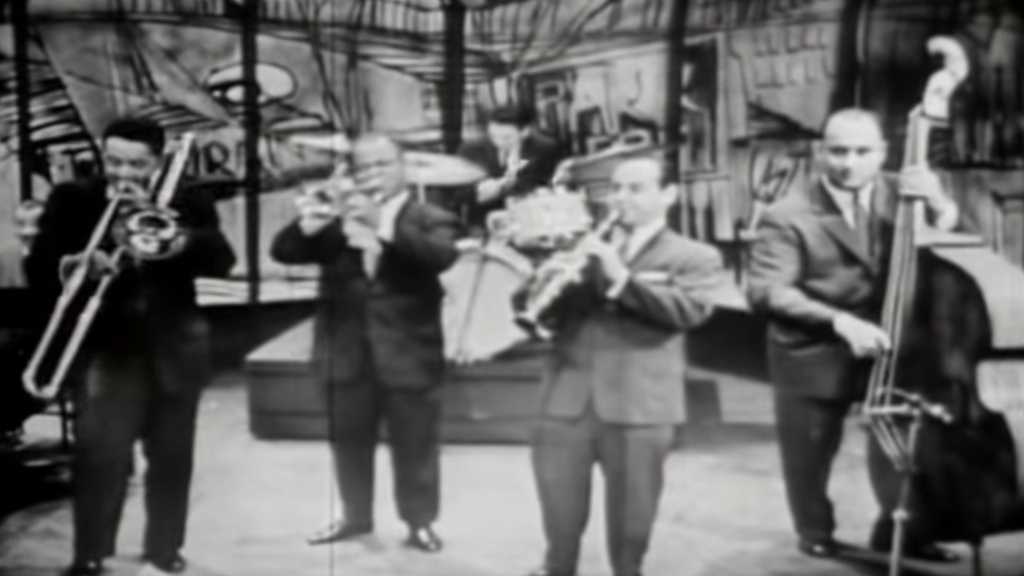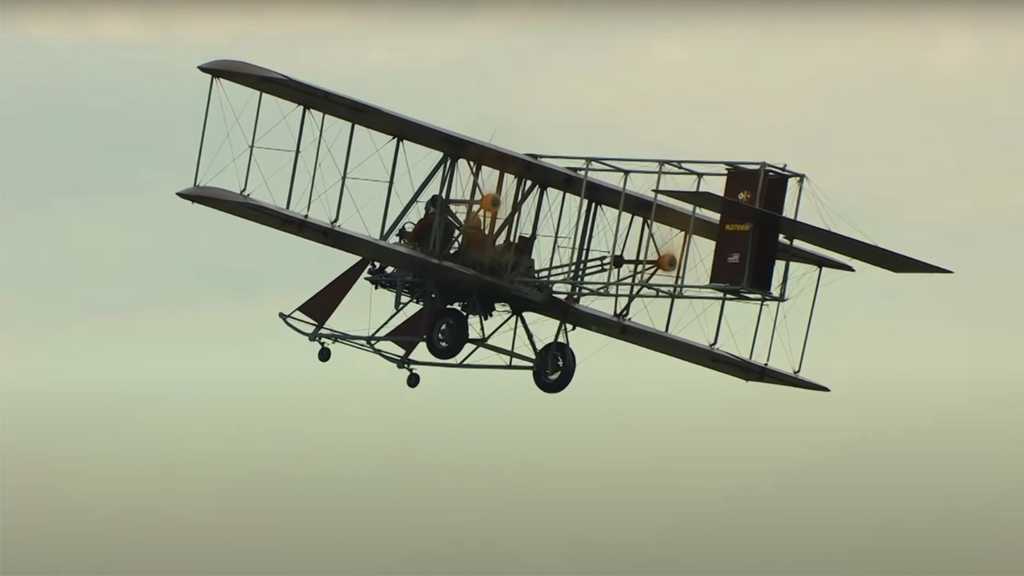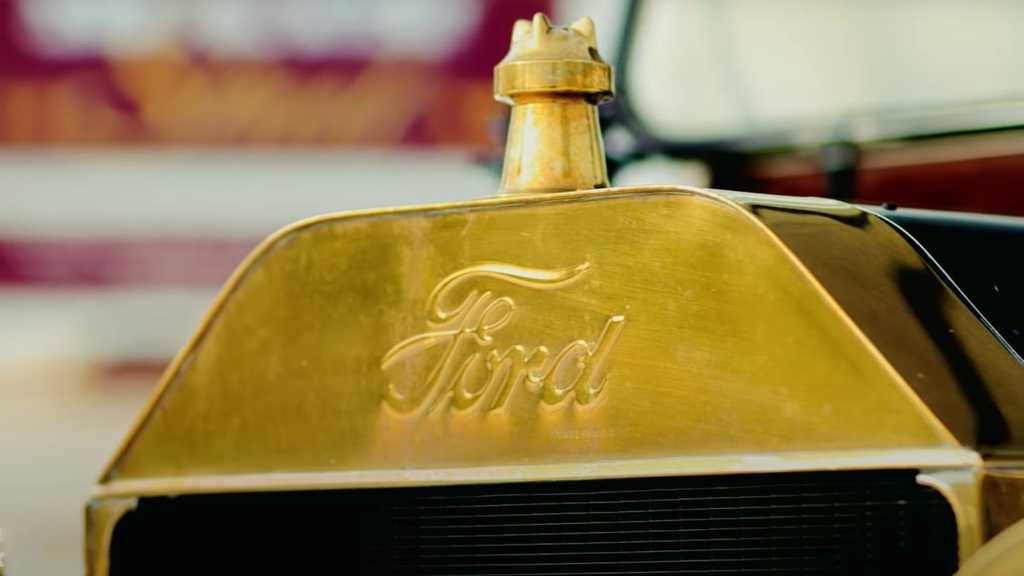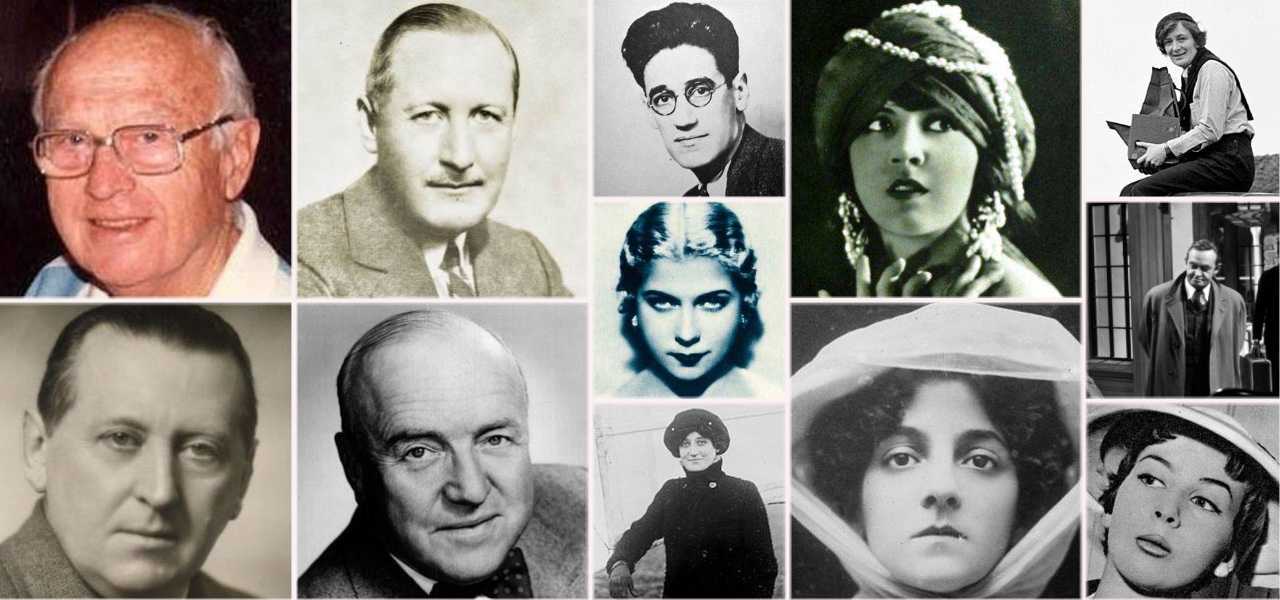
Lost Generation
The term Lost Generation refers to the generation of men and women who came of age during or immediately following World War I. Demographers have agreed that this generation was born between 1883 and 1900.
Having seen and lived through the horrors of a world war, these people were literally lost souls, what might have been their dreams corrupted into cynicism and rejection of the values they grew up with.
Origin of the term "Lost Generation"
Gertrude Stein reportedly overheard someone using the term in exasperation talking to an underling. She repeated the term to Hemmingway who introduced it to the world by using it in an epigraph to his novel The Sun Also rises.
Gertrude Stein was one of the famous American writers of that time. She and Hemmingway knew each other in Paris where she instructed him on matters like dancing, music and painting.
Stein used to host salons for intellectuals, writers and artists at her home in Paris and the term “Lost Generation” became associated with this select group which included Hemingway.
General characteristics of members of the Lost Generation
The lost generation was scarred by what they witnessed and experienced in the Great War. Everything their parents had believed in and lived for had disintegrated like a delicate glass chandelier falling from a great height – everything was in shatters. They felt they had nothing real to hold onto. They couldn’t trust the world they had grown up in, so they rejected its values.
With the rejection of values also came a re-evaluation of so-called proper behaviour of the previous generation. The lost generation didn’t value things like moral behaviour, established gender roles and financial prudence.
One of their main characteristics was their inability to commit to anything or anyone. They are partly referred to as the lost generation because they behaved like people lost with no real goal in mind. They were cynical in their attitude and reckless in their behaviour.
Young men who entered the war with dreams of serving their country heroically, emerged from the ordeal broken, almost not human anymore. They, the walking wounded, bore physical, emotional, and mental scars that turned them into lost beings, unable to enjoy the pleasures of youth. Having experienced the horrors of war, they couldn’t just carry on with ordinary life and blithely continue their education, get married or consider starting a family. They became disillusioned about the past and pessimistic about the future.
Many of their generation drank excessively, were promiscuous and experimented with gender roles. Partying seemingly endlessly, this generation is also referred to as the Roaring 20s Generation.
Interesting facts about the lost generation
Famous artists
The lost generation provided the world with some of its most celebrated writers and artists. In fact, the term Lost Generation also refers to a group of American literary artists, which includes Ernest Hemingway, F. Scott Fitzgerald, Gertrude Stein, and T. S. Eliot.
Other well-known members of this group include Alfred Hitchcock, Russian novelist Vladimir Nabokov, painter and novelist Zelda Fitzgerald, painter Waldo Pierce, novelist and short-story writer Sherwood Anderson, John Dos Passos, and John Steinbeck among others.
The Roaring Twenties
The time when the Lost Generation came of age coincided with the so-called Roaring Twenties, a wild time of unprecedented political, economic and social change in western culture. It was a time of economic prosperity in the United States and Europe.
Groups of young people in cities like Berlin, London, Sydney, Paris, New York City, Chicago, and Los Angeles exemplified this cultural phenomenon characterized by the flapper look, Jazz music and Art Deco in fashion and art. These young people partied endlessly and seemed to hang about aimlessly, just trying to have as much fun as possible.
Many of these young people were expatriates who didn’t want to return home after the war.
For the first time, people became consumers in the true sense of the word – they started buying cars and electrical appliances. Consumer culture flourished, with ever greater numbers of Americans purchasing automobiles, electrical appliances, and other widely available consumer products.
It was also a time when the telephone and radio came into greater use. For the first time, musicians could record their music and people could listen to it at home.
The 1920s was also when jazz became very popular with the younger generation who danced to the fast music in dance halls and clubs in the cities. They danced the Shimmy, the Foxtrot, the Charleston, the Tango and the Chicken scratch and others to the dismay of the older generation who was scandalized by the fast moves and closeness of the dancers.
This big party came to a sudden end when the stock market crashed in 1929.
Women gain the right to vote
Women had been fighting for the right to vote since the 1820s and 30s. The women’s suffrage movement was not without controversy and disagreements more than once almost derailed it. But on August 18, 1920, they finally succeeded when the 19th Amendment to the Constitution was ratified, enfranchising all American women and declaring for the first time that they, like men, deserve all the rights and responsibilities of citizenship
Three months later, on November 2, women exercised their right to vote for the first time.
Prohibition
From 1920 to 1933, when the Lost Generation was young adults, the sale, manufacture and importation of alcohol were prohibited. This period was called Prohibition. While people couldn’t make money from alcohol, they were free to drink and enjoy it – that was not outlawed. No wonder the young people got disillusioned
Al Capone
The prohibition of alcohol led to the rise of organized crime and the rise of one of the generation’s most notorious members: Al Capone (January 17, 1899). In fact, he became the most notorious gangster in American history. During the Prohibition, his illegal operations ran the whole gamut of prostitution, bootlegging and gambling
The birth of aviation
Another event in the lives of the Lost Generation is the flight of the first plane. American brothers Wilbur and Orville Wright designed and built the world’s first plane. Wilber flew their first plane on December 17, 1903.
When the American public wasn’t enthralled with their invention the Wrights went to Europe where they were received by royalty, statesmen and the press. Eventually, they built and sold their airplanes in Europe and the States.
Henry Ford
Henry Ford is not a member of the Lost Generation, but thanks to him, they were the first generation to enjoy the pleasure of a car drive.
Henry Ford revolutionized the automotive industry. He developed the first gasoline-powered horseless carriage and in 1903, he established the Ford Motor Company. He developed methods to make mass production possible and suddenly the Model T became a consumers’ item just like a washing machine or a dozen eggs.
Conclusion
The Lost Generation lived through the worst of times and for a short while some of them lived through the best of times.
The world can thank them for some outstanding literature and their fight for women’s right to vote. In their time, the transport industry changed forever.
It’s important to remember that the madness of the twenties doesn’t define this generation. For most people life was really hard at that time.
